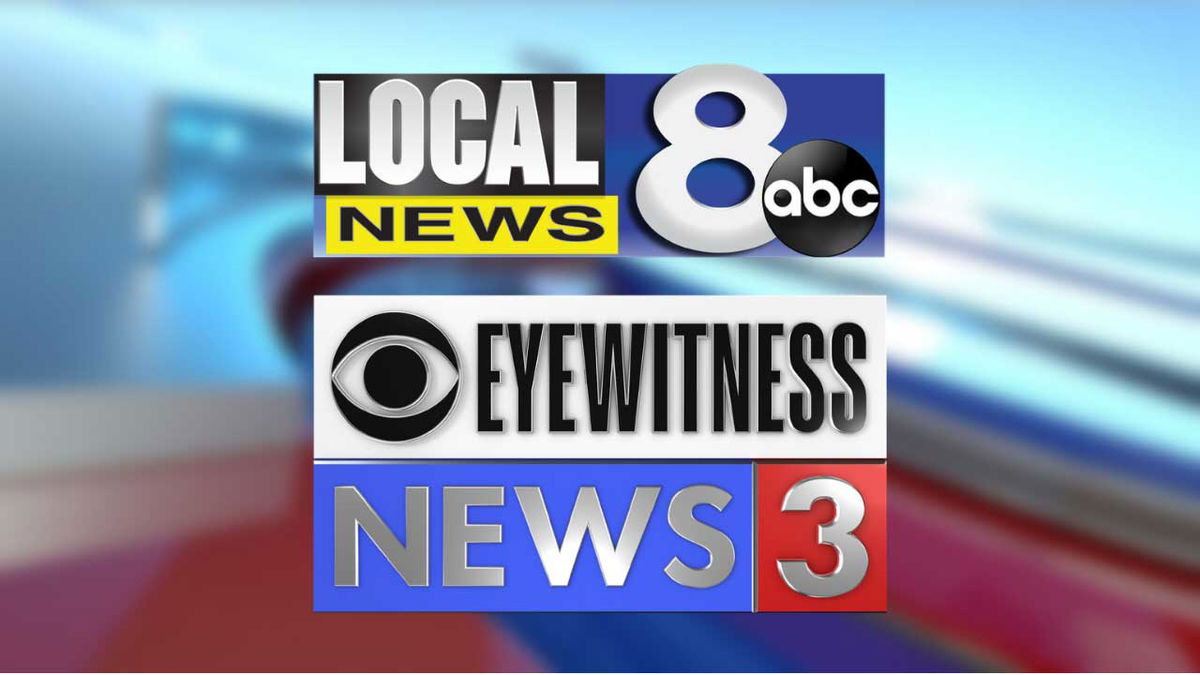Western heat wave ahead of July 4th fireworks raises wildfire concerns and prompts changes in Utah

By SCOTT SONNER
Associated Press
RENO, Nev. (AP) — Extremely hot, dry conditions forecast across much of the West through the Fourth of July are heightening concerns about wildfires and the dangers of fireworks, including in Salt Lake City where officials are replacing their traditional explosive extravaganza with a drone light show.
An unusually wet winter and spring has allowed for the return of live fireworks shows in some other areas that canceled them in recent years due to drought, including parts of Nevada, California and Arizona.
But wildfire risks are growing with triple-digit temperatures forecast this weekend — up to 115 degrees Fahrenheit (46 Celsius) in Phoenix, where a shortage of professional-grade fireworks prompted cancellations last year but red-white-and-blue bursts resume this Independence Day.
In Utah, Salt Lake City for the first time is replacing fireworks with a drone show. Fireworks are still planned in most suburbs and neighboring towns.
“As temperatures rise and fire danger increases, we must be conscientious of both our air quality and the potential for wildfires,” Salt Lake City Mayor Erin Mendenhall said this week.
A laser light show replaces conventional explosions again in Flagstaff, Arizona. And at Lake Tahoe straddling the California-Nevada line, communities on the north shore will celebrate with a drone show they implemented last Fourth of July due to lingering drought and wildfire risks.
But the traditional celebration is returning to the main casino strip on Tahoe’s south shore where up to 100,000 visitors are expected to watch fireworks lit from barges illuminate the sky above the alpine lake.
Big crowds also are expected in Las Vegas, where highs are forecast to top 110 F (43 C) and officials are urging residents to forgo personal pyrotechnics and instead enjoy those launched from casino rooftops.
“Leave the big shows to the pros,” Clark County Commissioner Marilyn Kirkpatrick said.
On Friday, Phoenix Fire Capt. Rob McDade said a blaze that started in vegetation in an older neighborhood sent embers onto the roofs of at least three houses that were seriously damaged. He said it underscored the risks ahead of fireworks-fueled celebrations.
“We don’t know what started this, but it’s a great time to remind everybody this is going to be a very long, hot Fourth of July,” McDade told ABC-15 in Phoenix.
In California, the Fourth of July follows the first big heat wave since extraordinary winter downpours and a cool spring spurred heavy growth of grasses and brush that are now drying. The vast Central Valley and Sierra Nevada foothills will be under excessive-heat warnings through the weekend. The high is forecast to reach 123 F (50 C) in Death Valley.
“Despite the rainy conditions that we saw this winter, we are expecting to see triple-digit temperatures this weekend and that will increase our wildfire risk,” Acting State Fire Marshal Daniel Berlant told reporters in Sacramento.
“With our dry Mediterranean climate, every time of year here on the Fourth lends itself naturally to wildfires, and that risk only increases with the use of illegal fireworks and the unsafe use of fireworks,” he said.
In Pasadena, the only legal fireworks will be the annual professional show at the historic Rose Bowl stadium below the foothills of the San Gabriel Mountains.
“We have a lot of additional growth because of the rainfall and so as those fuels dry up and dry out they’re going to be ripe for fire and so … we’re nervous this year,” Fire Chief Chad Augustin said.
The only cancellations in Southern California are due to newly mandated environmental rules along Los Angeles County’s coastline.
A handful of communities decided they couldn’t comply with new standards the L.A. Regional Water Quality Control Board adopted in May. Intended to reduce plastics and other pollution that could fall into oceans or marinas from fireworks displays, they were sparked in part by environmentalists who filed a federal lawsuit accusing Long Beach’s Big Bang on the Bay of violating the Clean Water Act.
In northern Nevada, Reno has received twice its normal rainfall so far this year, but wildfire risks also are on the rise.
“Precipitation has led to significant grass growth across Nevada, which is drying out, leading to increased fire danger,” said Brock Uhlig, the Bureau of Land Management’s Nevada fire management officer. “During the Fourth of July holiday, we typically suppress numerous wildfires caused by the illegal use of fireworks on public lands.”
In Washington, which last year enjoyed one of its mildest wildfire seasons in a decade, officials are putting residents on alert as they brace for what could be one of its busiest.
Washington Public Lands Commissioner Hilary Franz warned this week that one firework could ignite a massive fire.
“Fire activity has actually increased considerably from the earlier spring months,” Franz said. “We are urging people to not think that just because our skies are clear blue right now, that fire season isn’t here. It’s already here.”
____
Associated Press writers John Antczak in Los Angeles, Ed Komenda in Seattle and Brady McCombs in Salt Lake City contributed to this report.
